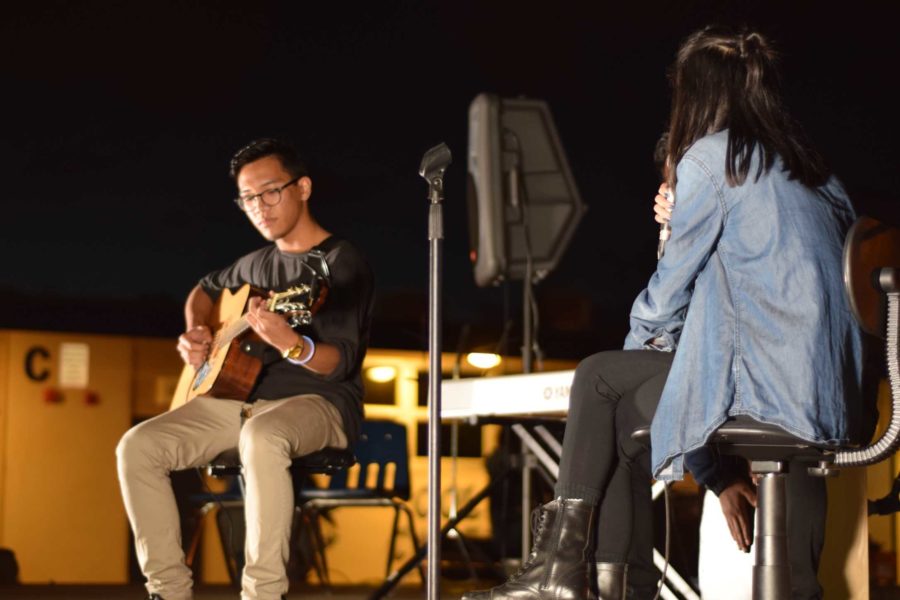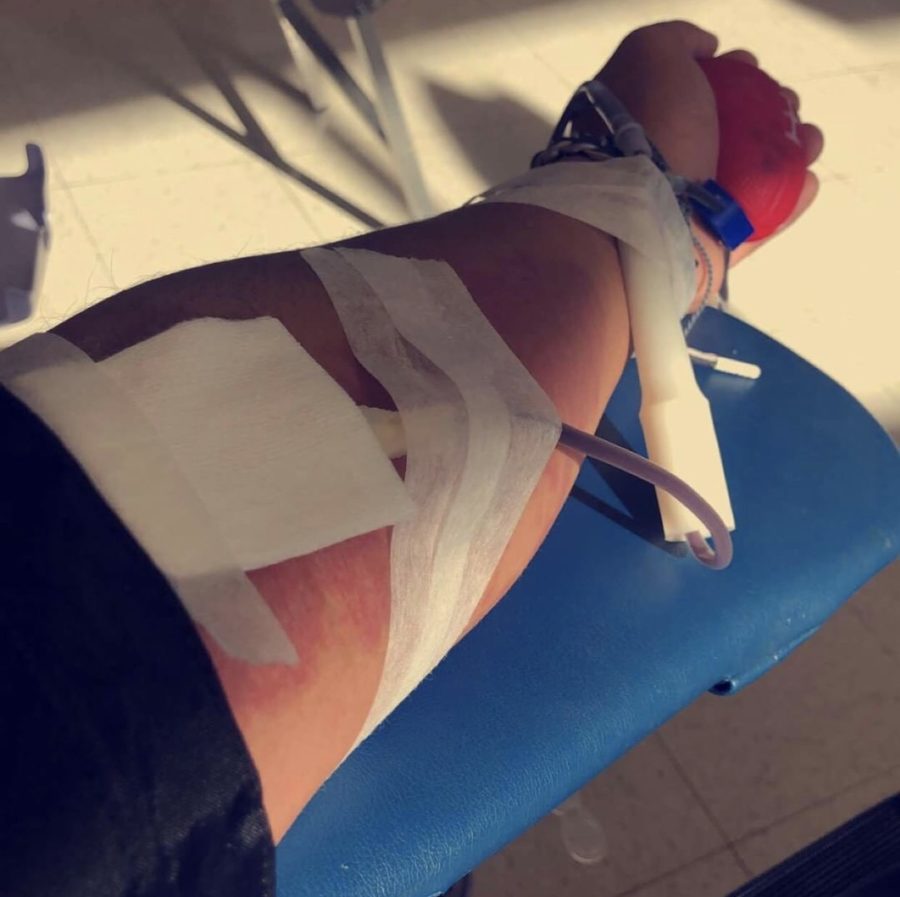A Positive Blood Drive For Cam High
Ethan Francisco (senior) donating blood on Wednesday, December 12, 2018, at the ACHS blood drive.
A blood drive hosted by Vitalant took place in Cam High’s cafeteria over the course of two days, and invited both students and staff to donate blood to save a life.
The total amount of blood donated was 162 pints, with 69 pints given on Dec. 11 and 93 pints on Dec. 12. This number falls below that of last year’s spring blood drive, which collected 186 pints. The reason behind these annual decreases lies in holiday season sickness, according to Ms. Mary Harris, Cam High’s school nurse.
The higher rates of demand for donated blood is created by both a lack of usual donors as well as the higher frequency of accidents and sickness during this time of year.
According to United Blood Services, a severe car accident can necessitate 60 to 100 pints of red cell and plasma contributions, which is why the program asks for wide-spread participation from students and staff. The pints donated can also be used for heart, bone, and joint surgery, as well as long-terms needs like cancer treatment or sickle cell disease.
As a returning donor, James Bajenting, junior, enjoyed many aspects of the donating experience and looks forward to future opportunities to donate. “The people there were pretty nice about it, they helped me out. The food was great, I got to chill out for quite a while. [Students] should totally do it.”
Cam High remains the top donor of blood as Vitalant — the nonprofit organization responsible for the blood drive this year — stops at neighboring schools for one day due to a lack of donors. The average amount collected during the single day drives usually settles at 50 pints.
Harris has seen the drive progress since her appointment as nurse at Cam High, and she encourages those who are nervous or unsure to donate regardless. “Kids come and they’re scared and I’m like it’s ok to be scared or nervous. If you’re petrified and are going to faint then don’t give it; if you’re that afraid of needles, don’t do it. If you’re just nervous about it, it’s ok.”
Some students have said that the iron testing portion of the screening, where the middle finger is poked for blood, is the worst part of the experience in terms of pain since there are a higher amount of nerve endings in the fingers.
Daniel Rumfelt, senior, donated for the first time on Wednesday. “There were a few things that I thought would be painful or give me anxiety, like when they had my finger up for the prick thing. I heard that that was supposed to be the most painful part of it, and it was actually like painless for the most part.”
Another blood drive will be in the spring of 2019. “Everybody’s got somebody along the line that could use blood. You never know who you know or who might need blood, but it’s good that it’s there,” said Harris.

My name is Dante Bernhardt and I am currently in my senior year at Cam High. I have a shoddy sense of humor, but I am proud of my handshake, so please...

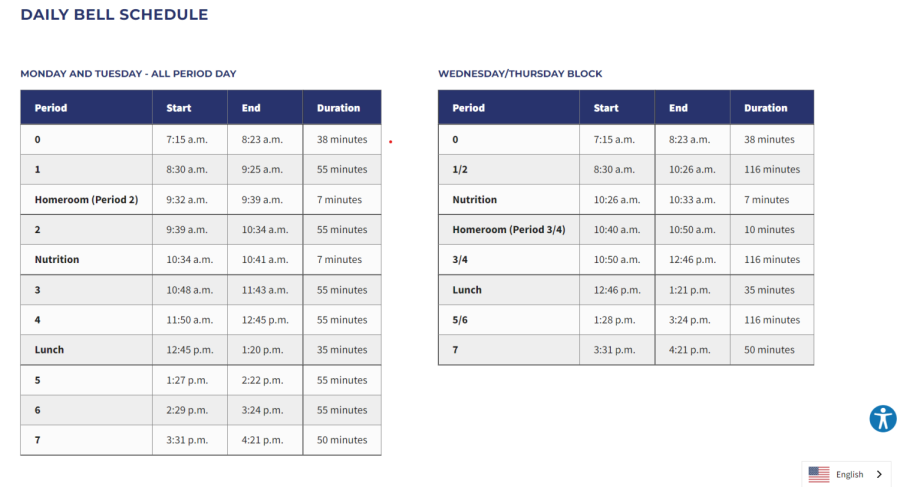






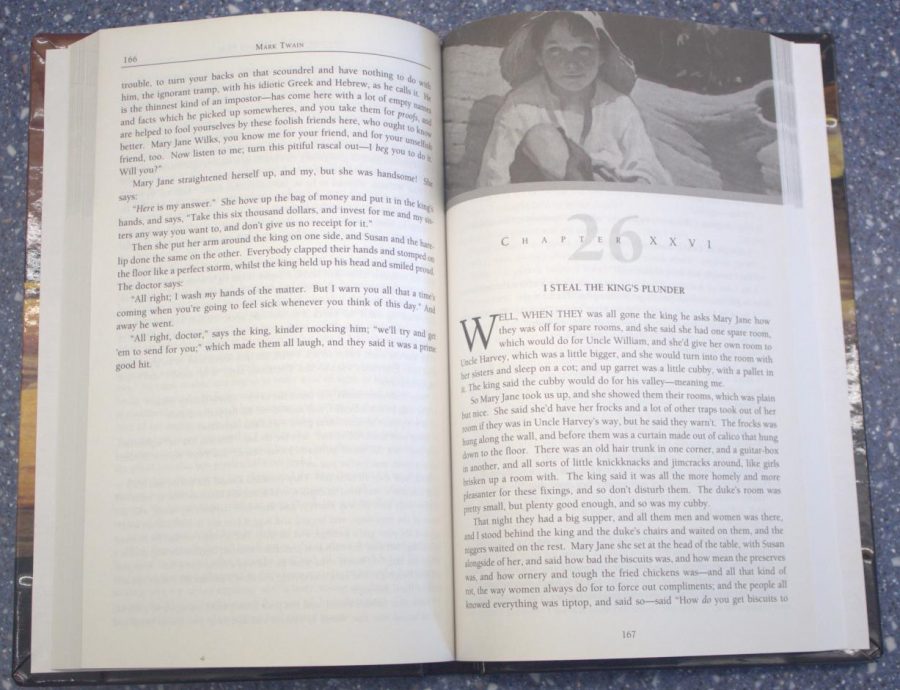







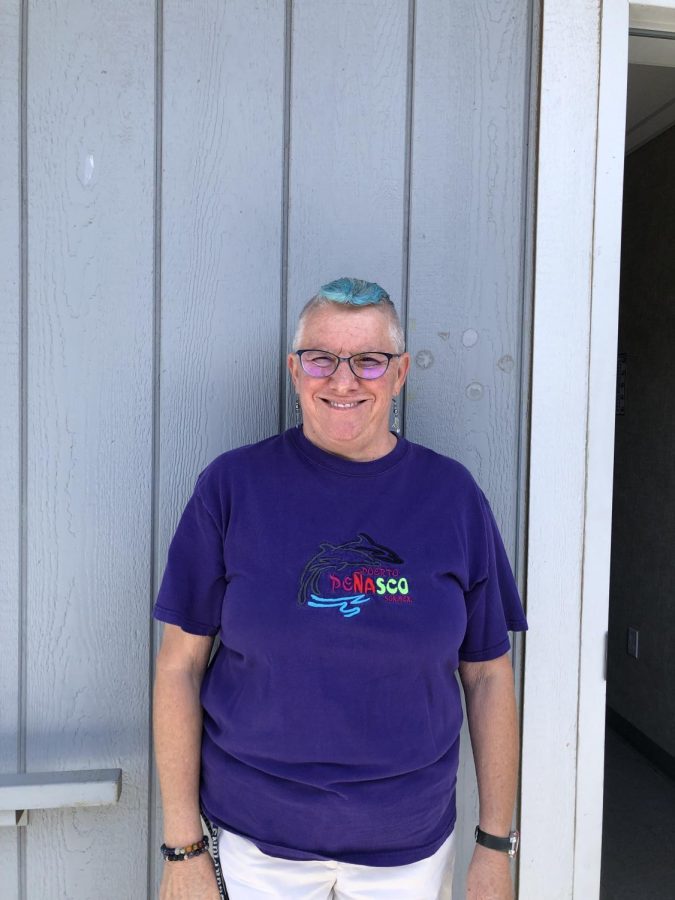


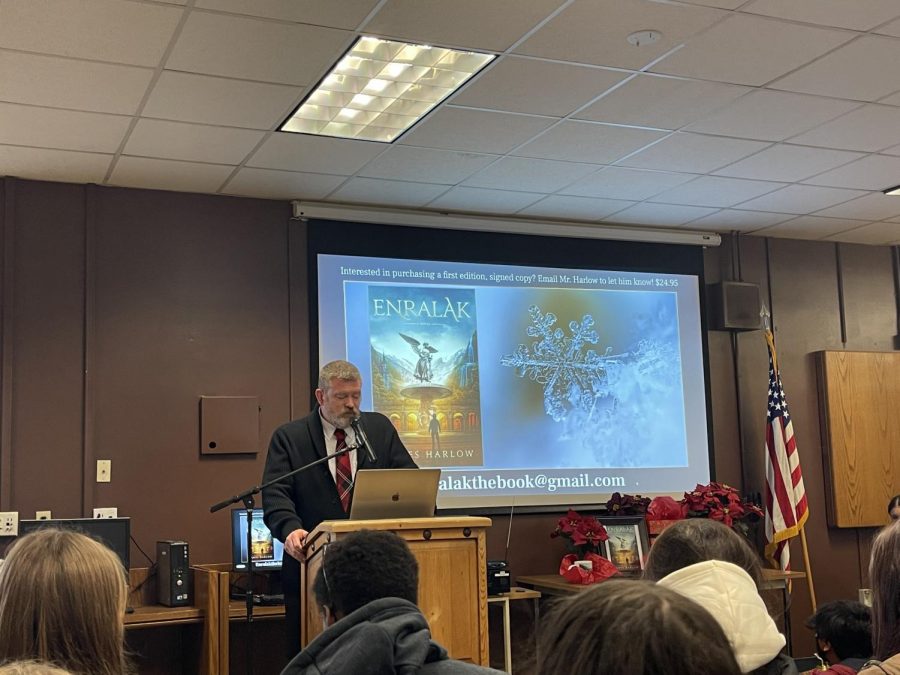

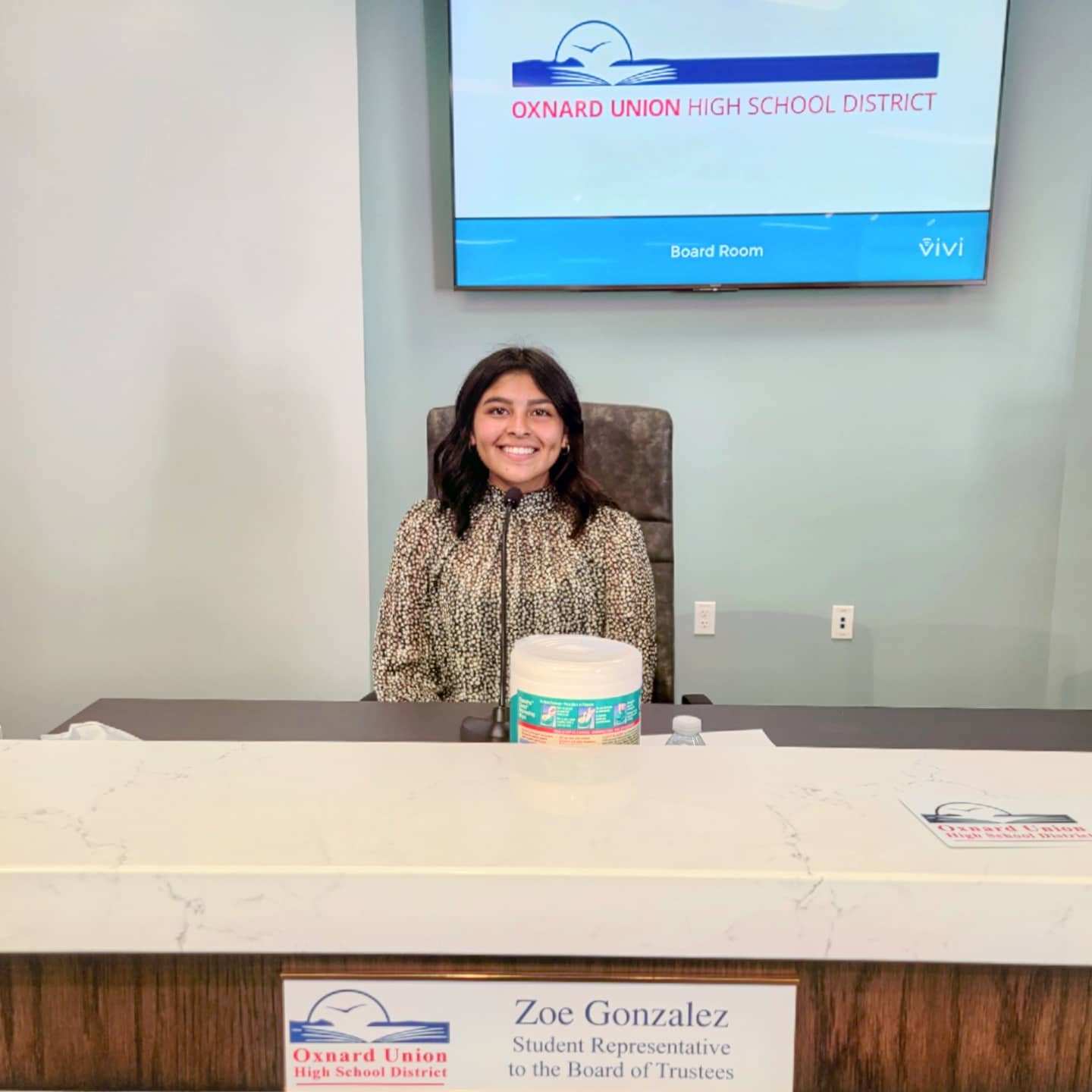


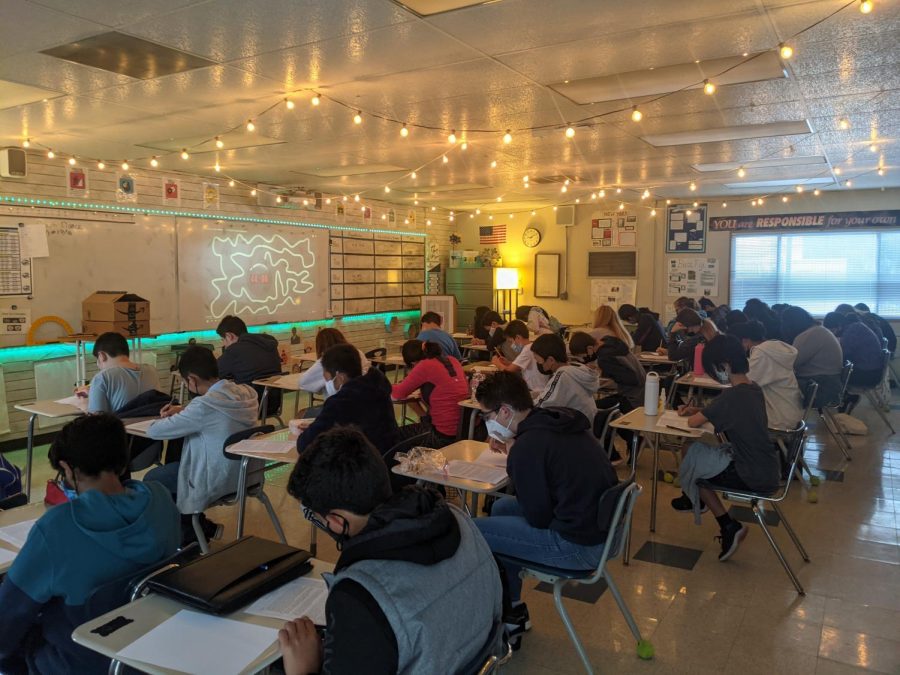


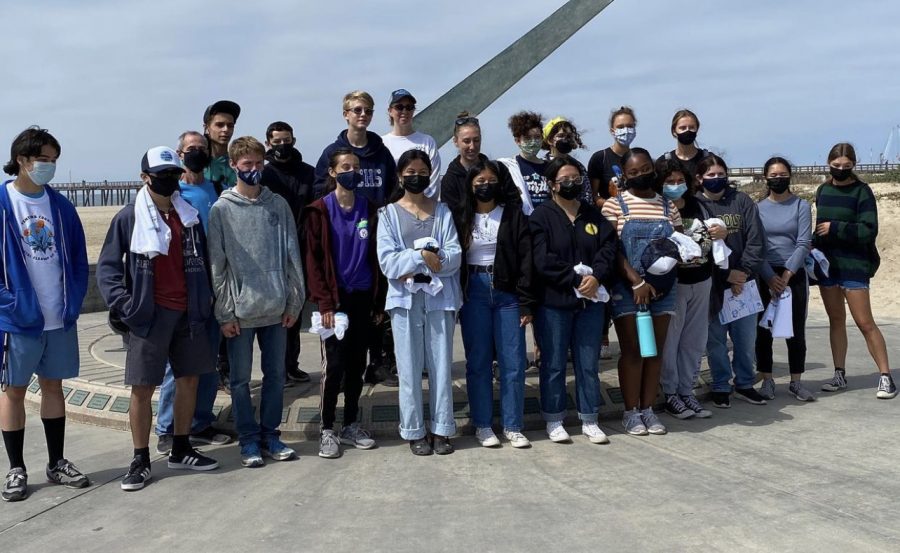
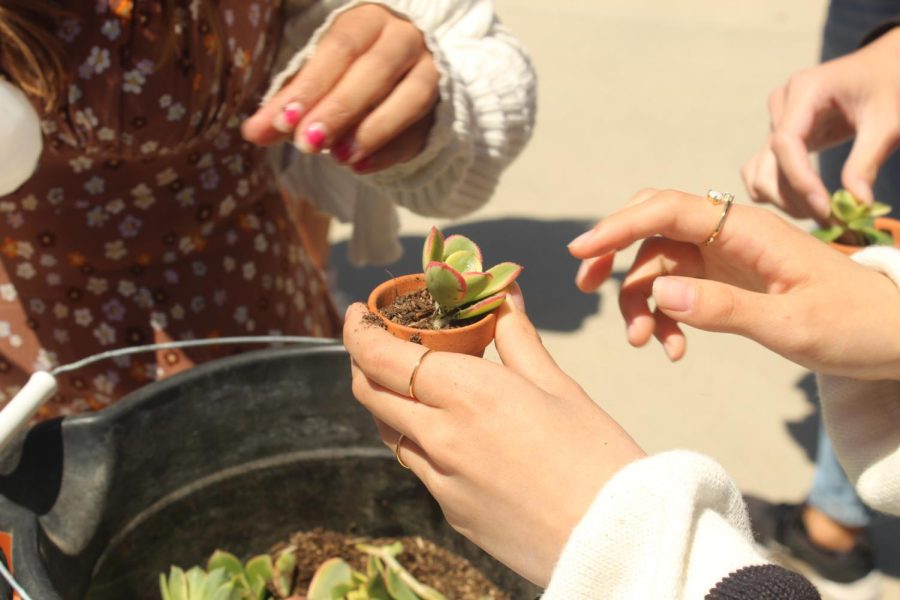
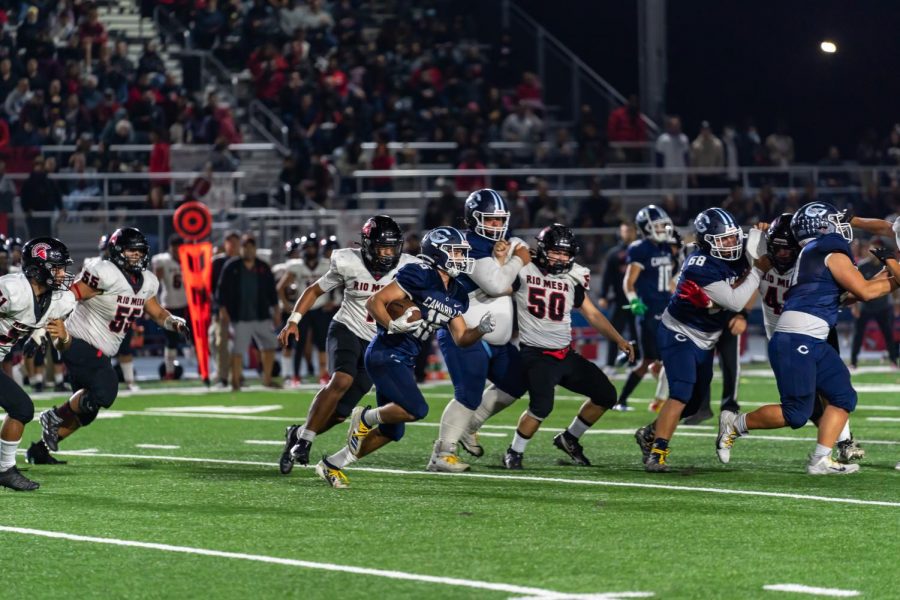











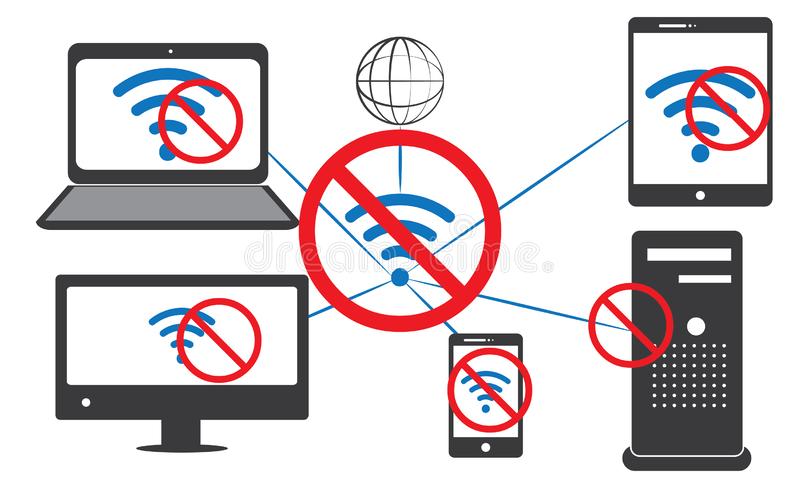
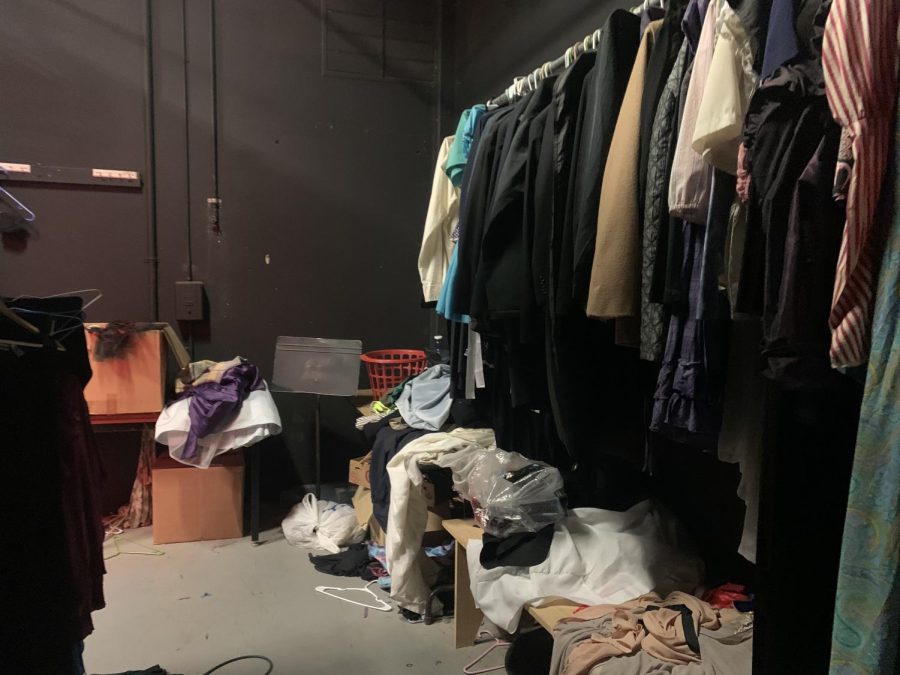



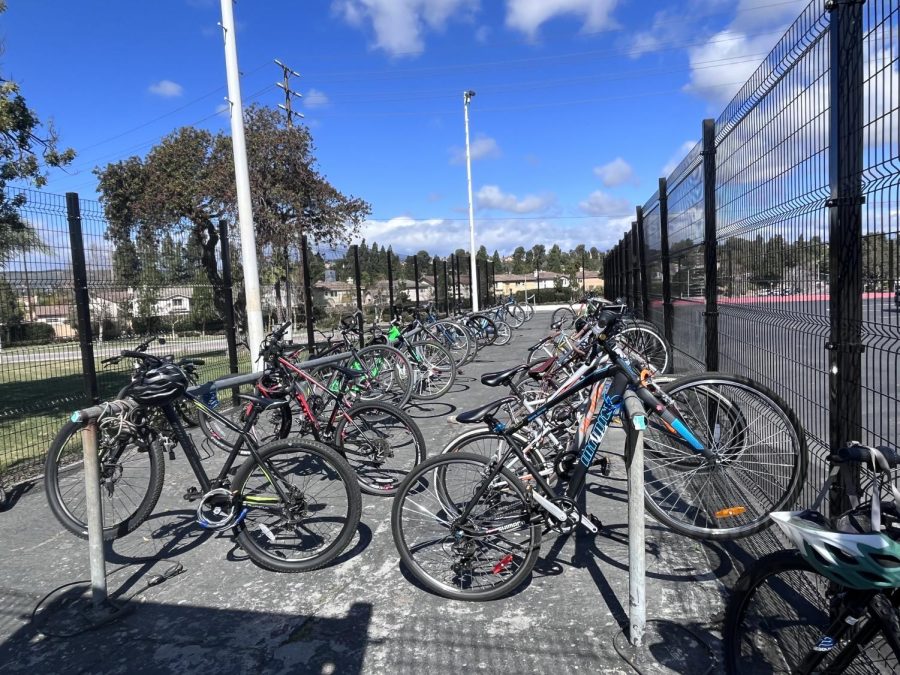
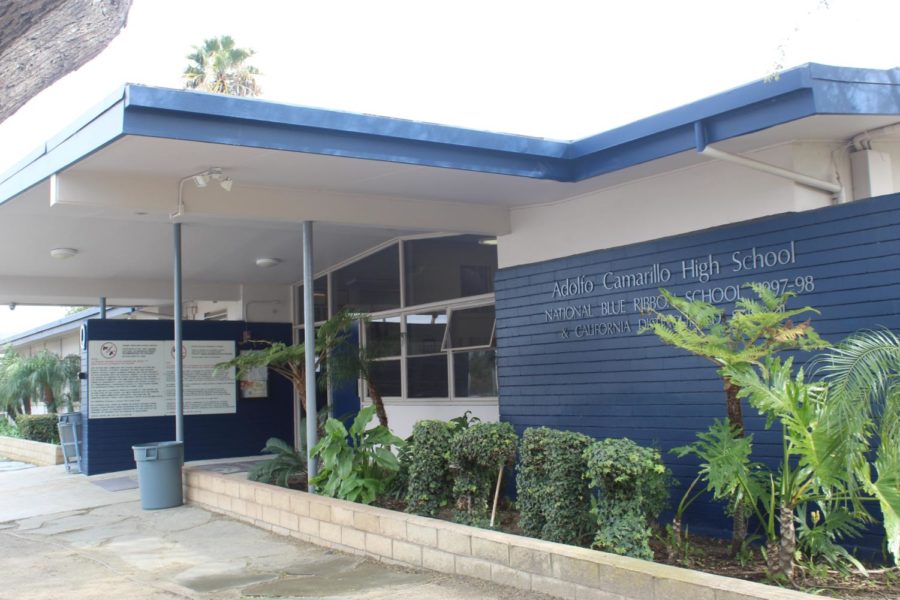


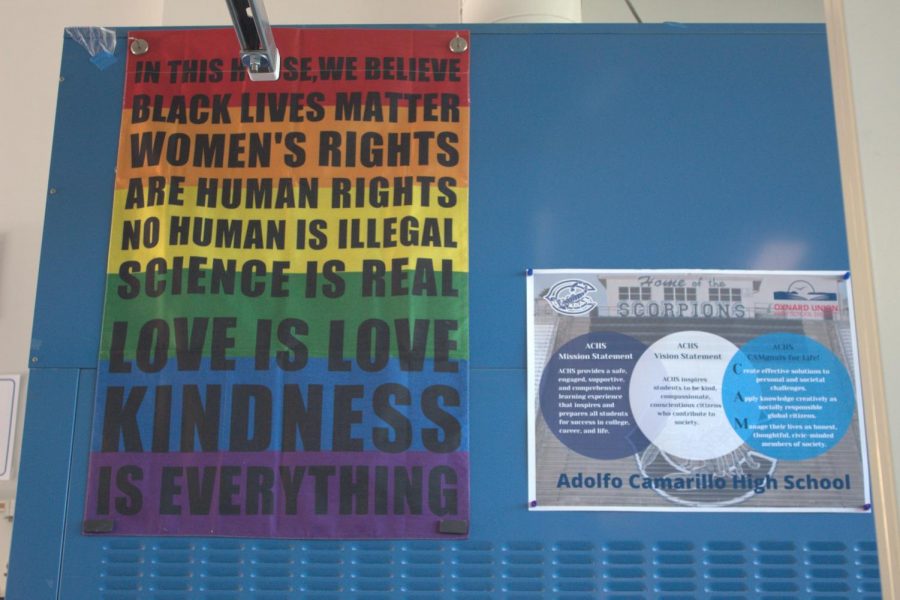










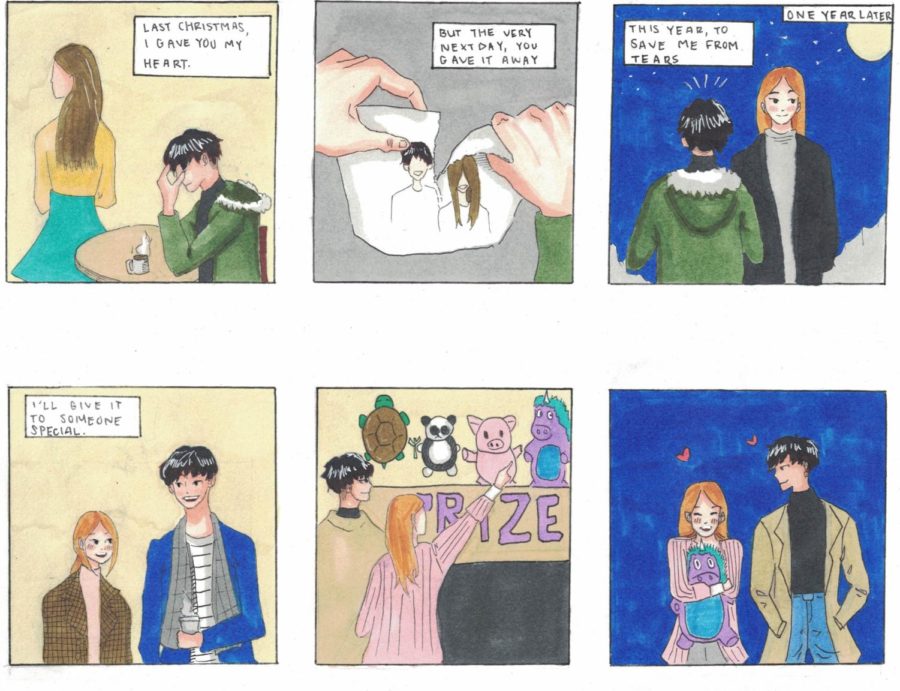
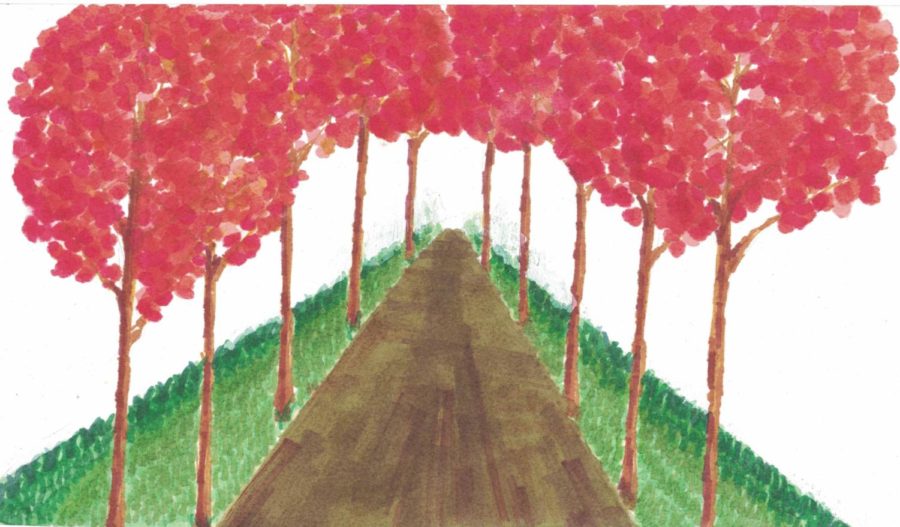
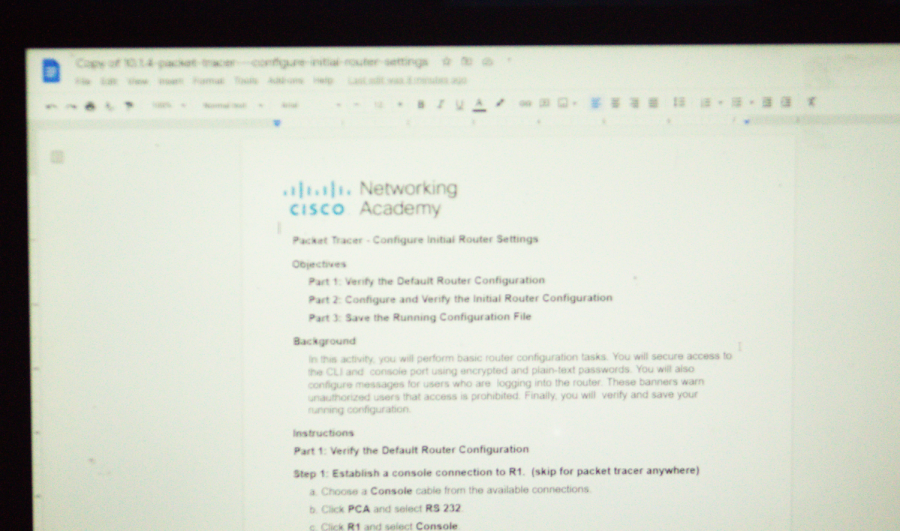



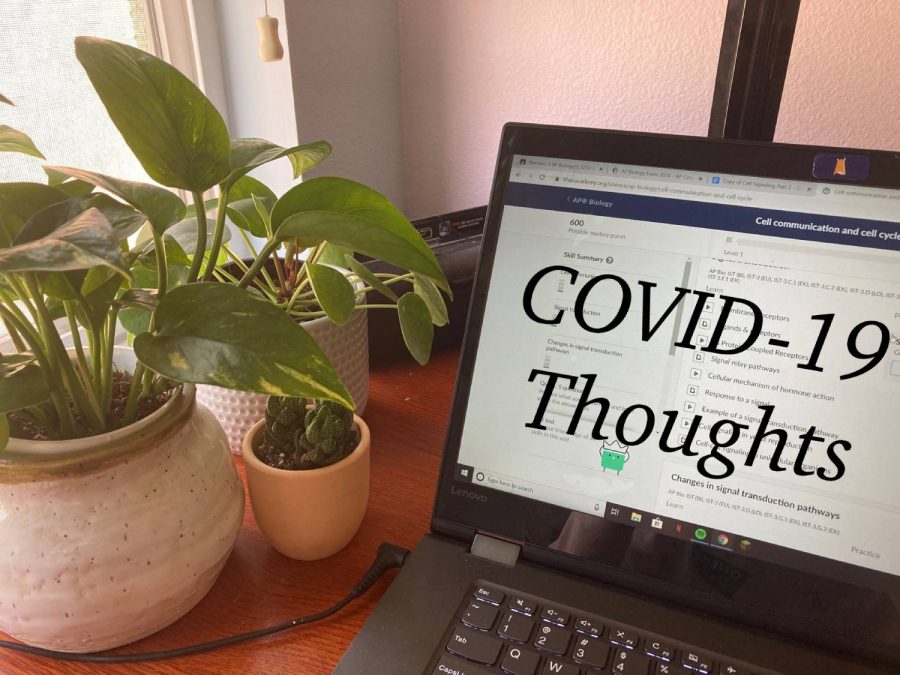

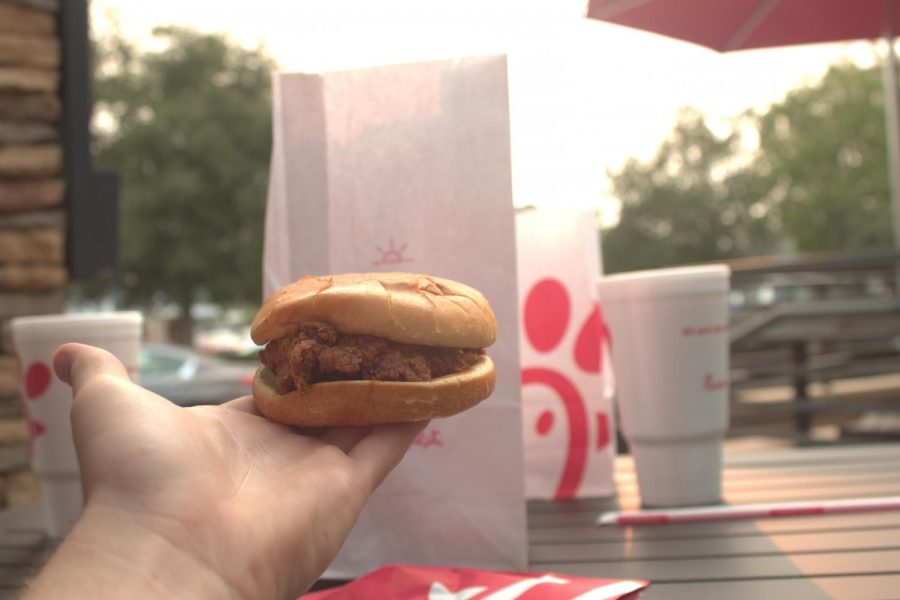
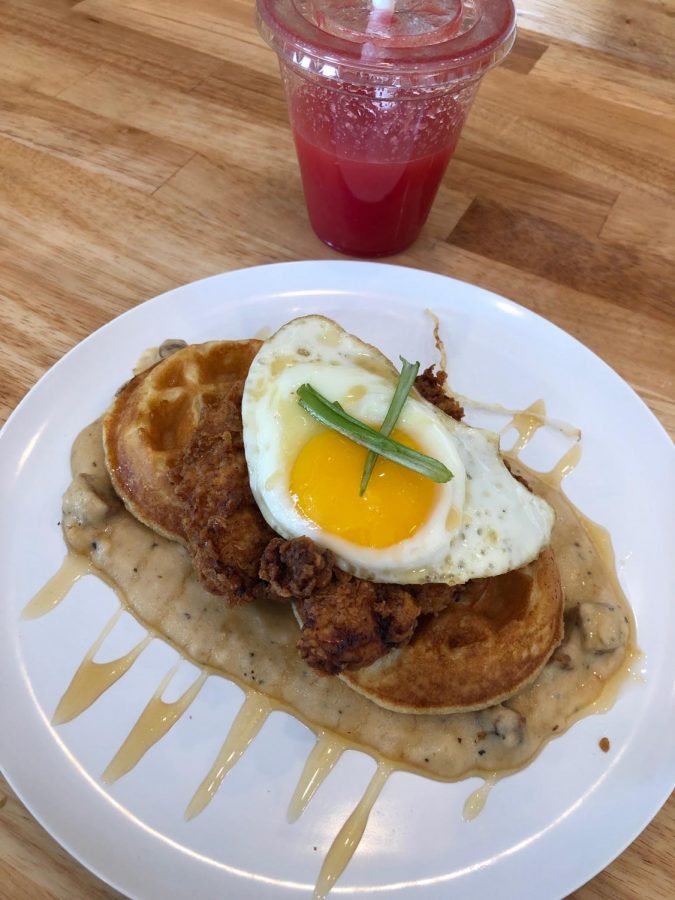



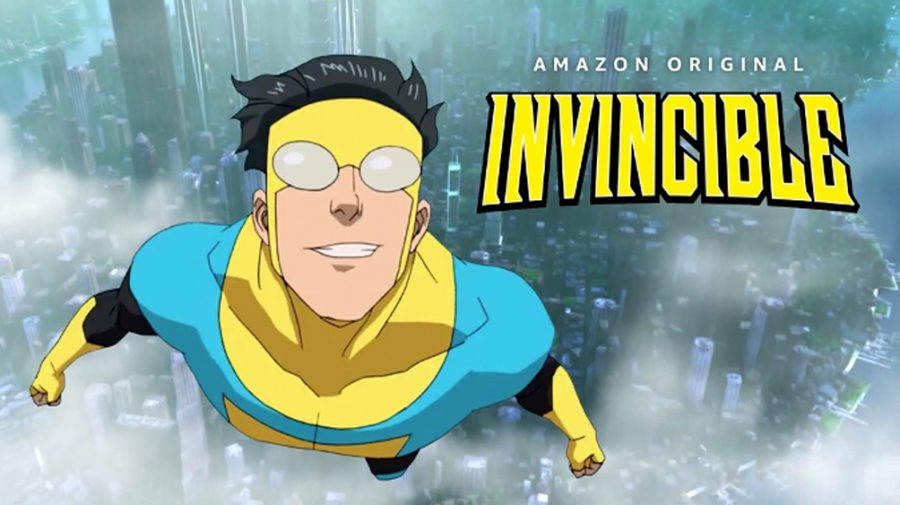






![Senior Ditch Day... Relaxation or Truancy? [Video]](https://achsstinger.com/wp-content/uploads/2017/10/IMG_7119-900x599.jpg)
![Heavy Rain Hits Cam High [video]](https://achsstinger.com/wp-content/uploads/2017/02/maxresdefault-900x506.jpg)
